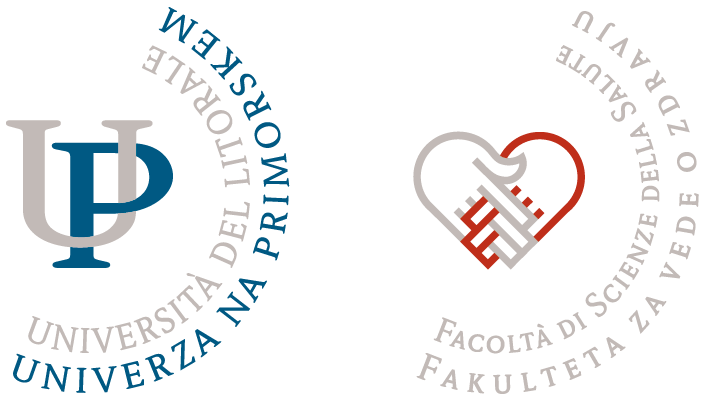Content
- Lectures: 20 hours
- Seminar: 15 hours
- Exercises 10 hours
- Independent work: 45 hours
Subject carrier
Description
1) The role of psychology in pedagogical work of teachers.
2) Psychological development in middle and late childhood and adolescence.
3) Learning.
a) Conceptions of learning.
b) Theoretical approaches to learning and their application in the classroom.
c) Learning forms focusing on psychomotor and social learning.
4) Understanding the relationship between maturation and learning; the neurophysiological basis of learning; factors of successful school learning.
5) Individual differences among students.
a) Cognitive, motivational, emotional and social differences in their impact on school development and performance.
b) Students with special needs.
6) Motivation.
a) Different theoretical approaches to understanding motivation; types of motivation with emphasis on characteristics of intrinsic motivation (interests and emotions).
b) Methods of motivating and promoting interest and positive attitudes towards physical activity.
c) Goal setting.
d) Some aspects of motivation related to the work of physical education teacher: theory of self-determination, goal orientations, motivational climate, attributions in physical education (PE).
7) Psychosocial relationships at school.
a) The importance of the student relationship with teachers and peers.
b) The classroom climate and the role of teacher in fostering appropriate interpersonal relationships and social acceptance of students in the classroom.
8) Importance of physical activity in developing students’ self-concept;
ways to encouraging students’ self-perceptions during PE classes.
9) Communication skills of teachers.
a) Effective ways of communication with students.
b) The importance of providing relevant feedback.
c) Classroom management.
d) Effective conflict resolution.
10) Promoting healthy psychological development and personal growth through PE and school sport.
a) Positive effects of physical activity on mental health and well-being of children and adolescents.
b) Certain harmful behaviors and unhealthy practices in youth sport.

